Trending Tile Patterns: Bold Colors & Geometric Designs for Kitchen Statements
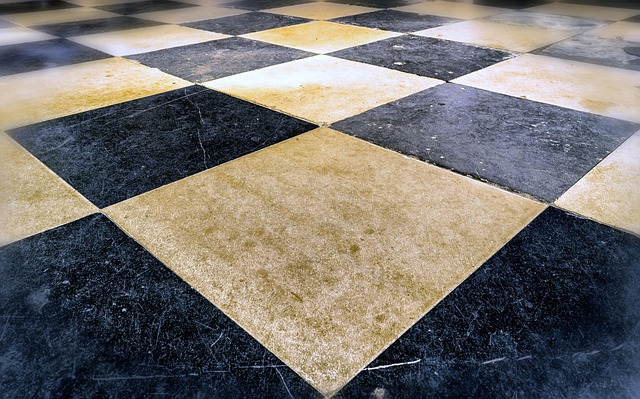
Bold kitchen tile patterns are revolutionizing modern spaces, offering vibrant hubs of personal styl…….
Kitchen Tile Patterns and Trends: A Comprehensive Guide
Introduction
The kitchen, a sanctuary of culinary creativity and comfort, is often the heart of the modern home. Within this space, tile patterns and trends play a pivotal role in defining both the aesthetic and functional aspects of the room. This article delves into the world of kitchen tiles, exploring their designs, the influence of global trends, economic factors, technological advancements, and the regulatory framework that shapes this industry. We will also examine the challenges faced and provide insights into future prospects, ensuring a well-rounded understanding of the subject.
Understanding Kitchen Tile Patterns and Trends
Kitchen tile patterns and trends encompass the various designs, materials, colors, and layouts used in kitchen flooring and backsplashes. These elements not only enhance the visual appeal but also contribute to the durability, hygiene, and usability of the space. From the classic subway tile to the modern geometric patterns, each style reflects a period’s sensibilities and influences.
Historically, kitchen tiles have evolved from simple utilitarian functions to become a canvas for artistic expression and design innovation. The significance of these patterns lies in their ability to transform a kitchen from a mere functional area into a personalized, inviting space that reflects the homeowner’s personality and taste.
Global Impact and Trends
The influence of global trends on kitchen tile patterns is evident as designs and materials cross borders, inspired by cultural exchanges, technological advancements, and shared experiences. European minimalism, Asian artisanal craftsmanship, and American rusticity can all be seen in contemporary kitchen designs.
Key trends shaping the trajectory of kitchen tiles include a preference for sustainability, with eco-friendly materials gaining popularity. There’s also a trend towards personalization, with homeowners opting for unique patterns and colors that reflect their individual style. Additionally, smart technology integration within tiles is becoming increasingly prevalent, with self-cleaning and energy-efficient options leading the way.
Economic Considerations
The market dynamics for kitchen tiles are influenced by factors such as consumer preferences, economic conditions, and global supply chain developments. Investment patterns in high-end, durable, and design-focused tiles indicate a growing emphasis on quality and aesthetic appeal. These tiles often represent a significant portion of the overall kitchen renovation budget, highlighting their importance within the economic ecosystem of home improvement.
Kitchen tiles contribute to the economic systems by providing employment opportunities in manufacturing, distribution, and installation sectors. They also reflect broader economic trends, such as the rise of e-commerce platforms that offer a wider variety of tile options directly to consumers.
Technological Advancements
Technological advancements have revolutionized the kitchen tile industry, introducing new materials like porcelain and glass that offer superior durability and design flexibility. Innovations in digital printing technology have expanded the range of patterns and textures available, allowing for high-resolution images and custom designs.
The future potential of technology in this field includes advancements in smart tiles that can change colors or patterns based on user preferences or environmental conditions. The integration of sensors within tiles for health and safety monitoring is also an emerging area of interest.
Policy and Regulation
Policies and regulations governing kitchen tiles focus on safety, sustainability, and quality standards. These include guidelines on material composition, lead content, slip resistance, and energy efficiency. Building codes and zoning laws dictate the types of materials that can be used in different regions, ensuring compliance with health and safety regulations.
Compliance with these frameworks is crucial for manufacturers and designers, as it affects market accessibility and consumer trust. The regulatory environment also drives innovation by pushing for greener and safer products.
Challenges and Criticisms
The kitchen tile industry faces challenges such as maintaining sustainability while balancing cost and quality. Criticisms often revolve around the environmental impact of production and the use of non-renewable resources. Additionally, keeping up with rapidly changing design trends can be a risky endeavor for manufacturers and designers.
To overcome these issues, stakeholders are increasingly focusing on sustainable practices, such as recycling materials and using renewable energy sources. Educational initiatives and transparency in production processes also help address criticisms and build consumer trust.
Case Studies
Several case studies exemplify the successful application of kitchen tile patterns and trends. For instance, a Scandinavian home that incorporates light wood floors with large format tiles featuring subtle geometric designs reflects a trend towards natural and minimalist aesthetics. Another case study could be a Mediterranean kitchen that uses traditional ceramic tiles with vibrant colors and intricate patterns, showcasing the region’s rich cultural heritage.
From these case studies, lessons learned include the importance of adapting designs to suit local climates, the value of incorporating cultural elements into design, and the benefits of using durable materials that stand the test of time.
Future Prospects
Looking ahead, kitchen tile patterns and trends are expected to continue evolving, influenced by shifting consumer preferences, technological advancements, and global events. The rise of smart homes will likely see a greater integration of technology within kitchen tiles. Sustainable practices and materials will also become more mainstream as consumers become more environmentally conscious.
The industry will continue to adapt to these changes, offering innovative solutions that blend functionality with design. As a result, kitchen tiles will remain an essential component in shaping the future of home design and personal expression.
In conclusion, kitchen tile patterns and trends are a fascinating intersection of art, technology, and practicality. They reflect broader societal shifts and contribute significantly to the aesthetic and functional aspects of modern homes. By understanding the economic, regulatory, and technological landscapes that influence this industry, we can appreciate the depth and complexity of kitchen tiles’ role in our lives.

Bold kitchen tile patterns are revolutionizing modern spaces, offering vibrant hubs of personal styl…….
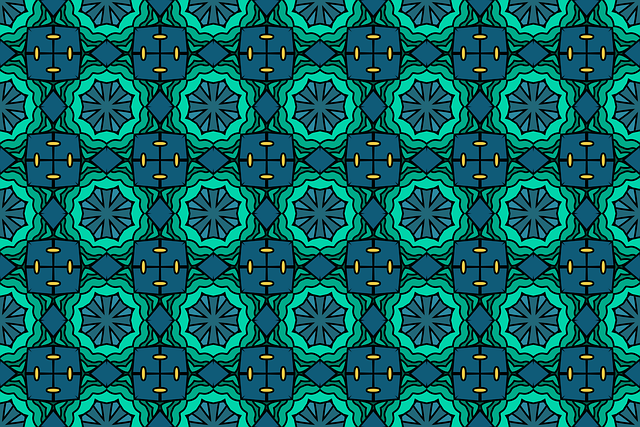
Stylish kitchen floor tiles are transforming modern kitchens into artistic statements, with bold pat…….
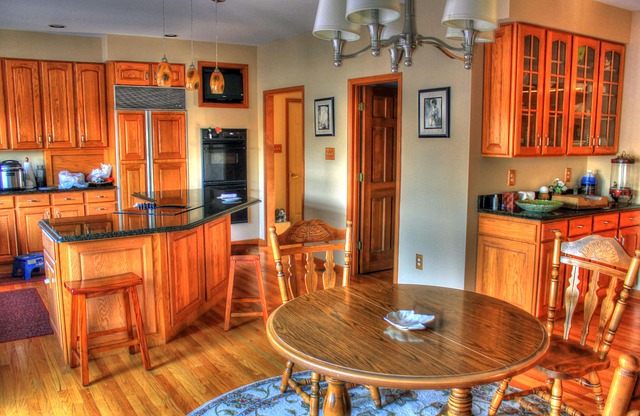
In kitchen design, durable tiles are essential for their aesthetic appeal and practical benefits. Op…….

Artisan kitchen tiles elevate spaces with handcrafted beauty, offering a unique blend of traditional…….

Breaking free from traditional tile patterns in kitchen design can create distinctive, captivating s…….
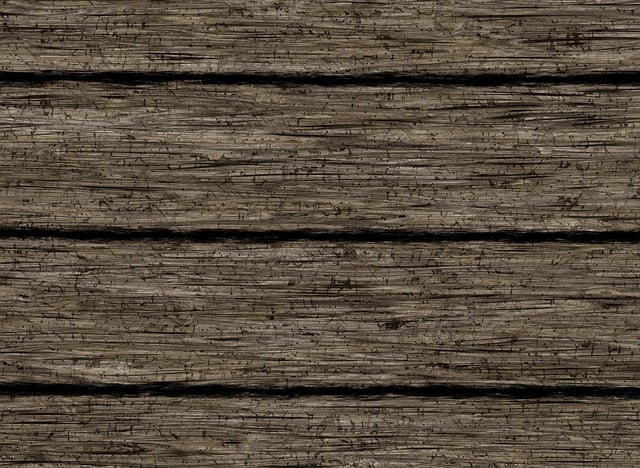
Modern kitchen tile designs are transforming ordinary kitchens into vibrant, unique spaces with bold…….
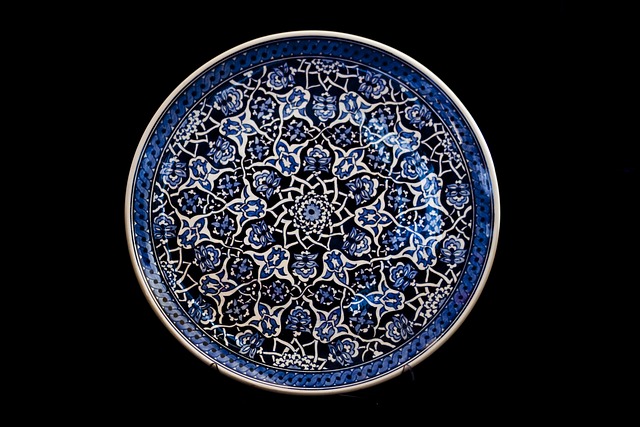
Geometric patterns, ranging from triangles and lines to hexagons and chevrons, are a rising trend in…….
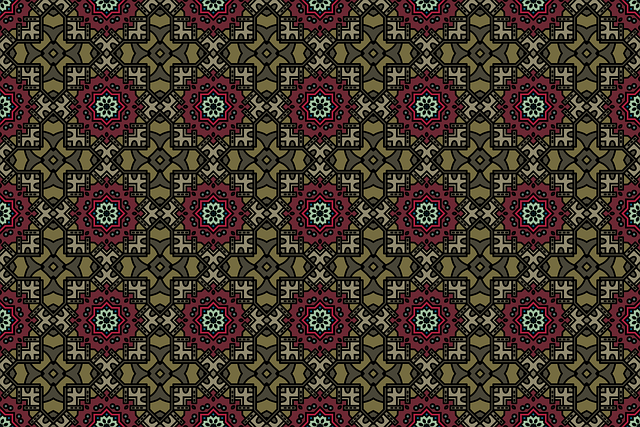
Geometric kitchen tiles are transforming spaces with their modern aesthetic appeal, offering intrica…….

Choosing neutral tones and diverse tile patterns revolutionizes kitchen design, offering both aesthe…….